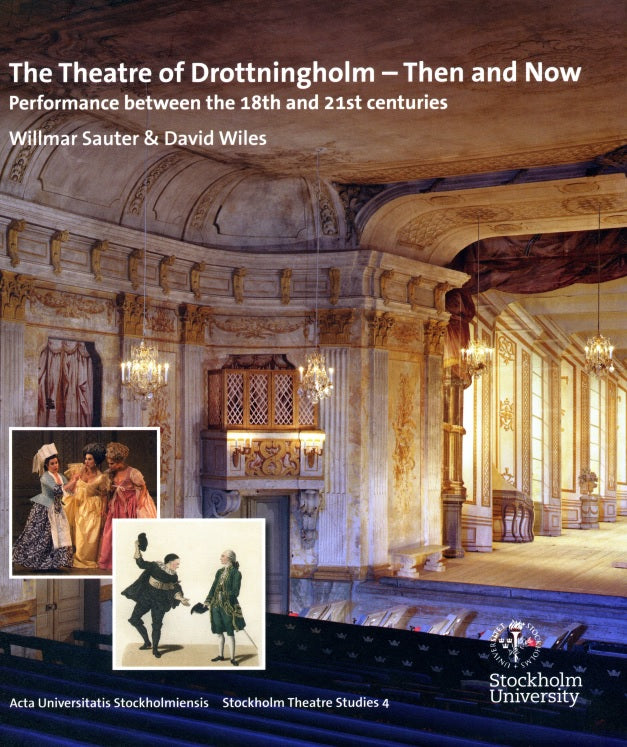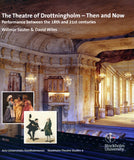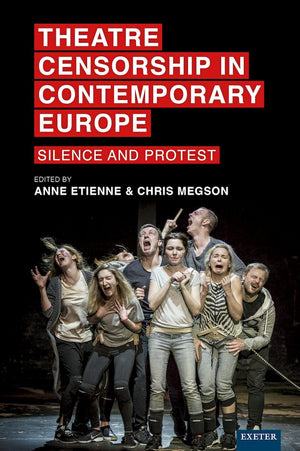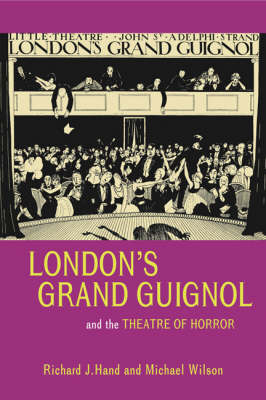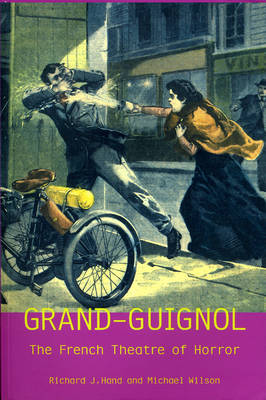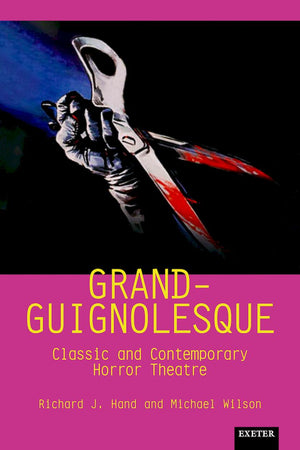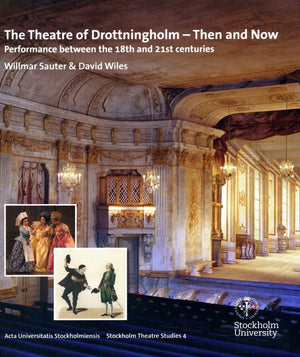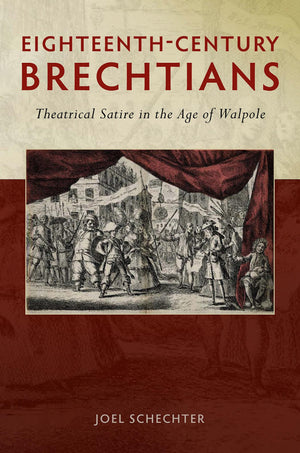University of Exeter Press
The Theatre of Drottningholm - Then and Now
Performance between the 18th and 21st centuries
Couldn't load pickup availability
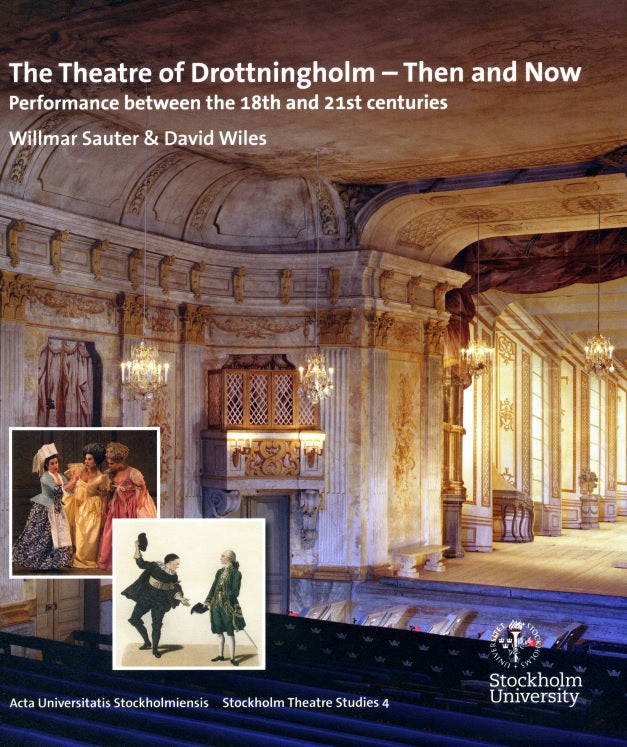
- 312 Pages
The Theatre of Drottningholm – Then and Now tells the story of the Drottningholm Court Theatre from 1766 – the year it was built – to today’s performances presented during the annual summer festivals. The court theatre was rarely used after Gustav III’s death in 1792 until it was rediscovered in 1921. The twentieth-century restoration uncovered the almost perfectly preserved stage machinery, painted flats and backdrops, from which much is learned about the staging practices of Baroque theatre and opera.
This book provides a vivid picture of the Drottningholm Court Theatre: the architecture, the many different activities which took place here during the Gustavian era, the historical context within which the theatre operated, the staging practices as learned through the restored theatre, and the use made of the theatre since its rediscovery to explore the nature of Baroque performance. This well-written survey of Drottningholm is a reliable and detailed record of the theatre, accessible to the interested reader and theatre historians alike.
Beautifully illustrated with full-colour images of modern productions performed at the theatre as well as paintings and sketches from its 18th-century heyday, the appendices contain primary source material about Drottningholm, available for the first time in English. Also included are complete lists of repertoire performed in the Gustavian period and since 1922.
Thomas Postlewait writes in his preface:
“This fine book thus meets the needs of several types of readers. It serves those summer visitors who want a well-written and accessible survey of Drottningholm that provides a reliable and detailed record of their immediate experiences; it serves practitioners of theatre and opera who want to understand the challenges of crafting successful performances for this specific site and its special audiences; it serves teachers of theatre and opera who want a solid historical record of this theatre, including its architectural features and staging practices; and it serves theatre scholars who require an accurate and fully engaged study of one of the few remaining theatres from the Enlightenment era. To their credit, Sauter and Wiles address each of these potential readers. They invite us, chapter by chapter, to experience the historical context and artistic qualities of Drottningholm Theatre.”
This book provides a vivid picture of the Drottningholm Court Theatre: the architecture, the many different activities which took place here during the Gustavian era, and the use made of the theatre since its rediscovery to explore the nature of Baroque performance.
'[...] this highly enjoyable and beautifully illustrated book'
Tinothy De Paepe, Restoration and Eighteenth-Century Theatre Research Vol 30 No 1-2, 2015
“This fine book […] meets the needs of several types of readers.”
“To their credit, Sauter and Wiles address each of these potential readers. They invite us, chapter by chapter, to experience the historical context and artistic qualities of Drottningholm Theatre.” (Professor Thomas Postlewait, Affiliate Professor in Theatre History, University of Washington)
"The 18th-century court theatre at Drottningholm is one of the best preserved Baroque-style theatres in Europe, and since its rediscovery in 1921 has had the most active program of performances. Although much has been written about the architecture and stage technology, Willmar Sauter and David Wiles’s book is the first to truly investigate the total social, political, and aesthetic realm in which it existed. Most importantly, it examines what the performance experience would have been—for performer and spectator alike—both in the 18th century and today. Notions of authenticity and historical accuracy, particularly in regard to acting, are thoroughly and provocatively scrutinized, with reverberations that will be felt from Bayreuth to the rebuilding of Shakespeare’s Globe." (Arnold Aronson, Professor of Theatre, Columbia University)
"This book offers a truly original and fresh approach to the life of the Theatre of Drottningholm. One feels the authors love for the theatre and as they enthusiastically share their knowledge with others, professionals and tourists alike.The two authors complement each other in a wonderful way and so together they are able to cover numerous aspects of this beautiful court theatre and its artists. The history of the building itself blends with the history of acting and so the well-designed book deals with architecture, scenography, costumes, lighting, directing, and arts in general. The extensive description of court life during the reign of Gustav III illustrates the setting which inspired 18th-century artists from many countries and still stimulates further research." (Eric Alexander, former director of the Amsterdam Theatre Museum)
Preface
Acknowledgements
1. The Rediscovery of the Drottningholm Court Theatre Willmar Sauter
2. A Guided Tour of the Theatre Willmar Sauter
3. A Visit to the Opera at Drottningholm: First Impressions David Wiles
4. Eighteenth Century Court Life Willmar Sauter
5. A Typical 'Baroque' Theatre? David Wiles
6. Drottningholm in the Twentieth Century and Beyond Willmar Sauter
7. Eighteenth-Century Acting: The Search for Authenticity David Wiles
8. Towards the Future Willmar Sauter & David Wiles
Appendices
Supplements to the regulations of the Royal Theatre (1779)
Dutchess Hedvig Elisabeth Charlotta's letter to Princess Sofia Albertina (1783)
C.F Adelcrantz' Memorandum (1794)
'Summerfestival at Drottningholm' (R. Englaender, 1948)
'Wonderful vibrant Cosi fan tutte' (Leif Aare, 1962)
'Mozart: Earthy and Brilliant' (Carl-Gunnar Ahlen, 1979)
Notes
Bibliography
List of Illustrations
List of Repertoire During Gustavian Period
List of Repertoire Since 1922
Index







